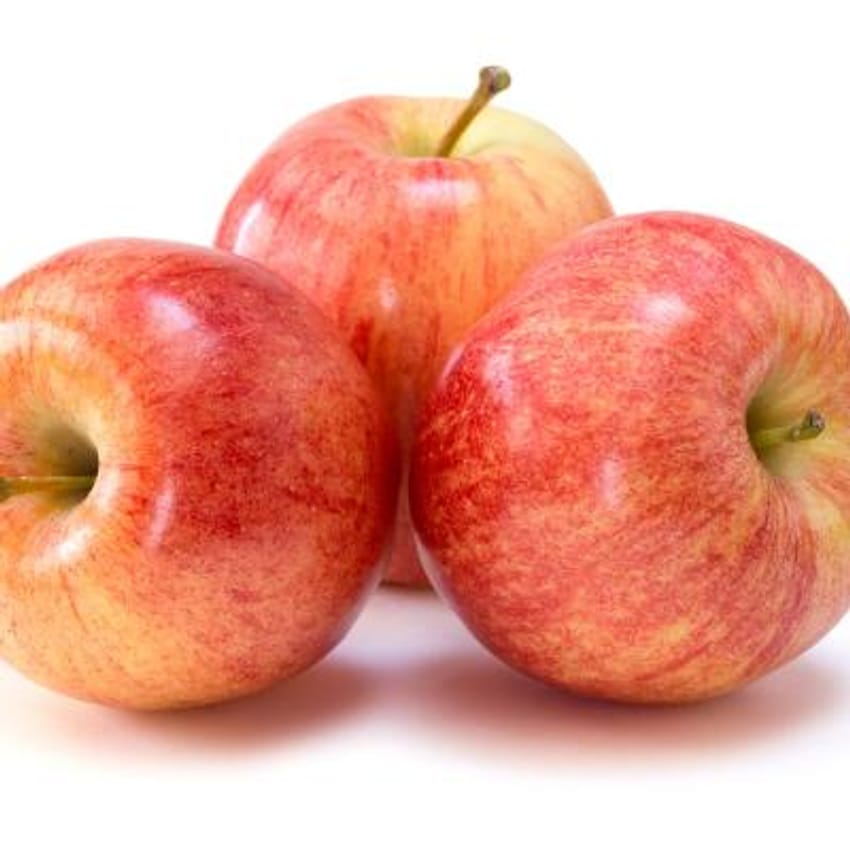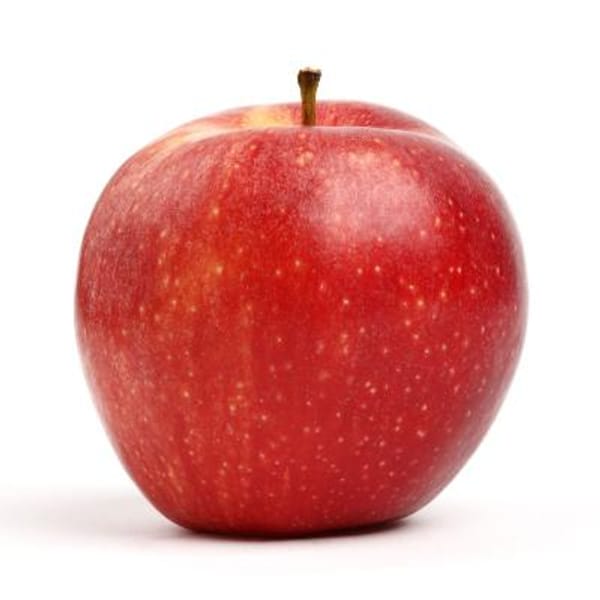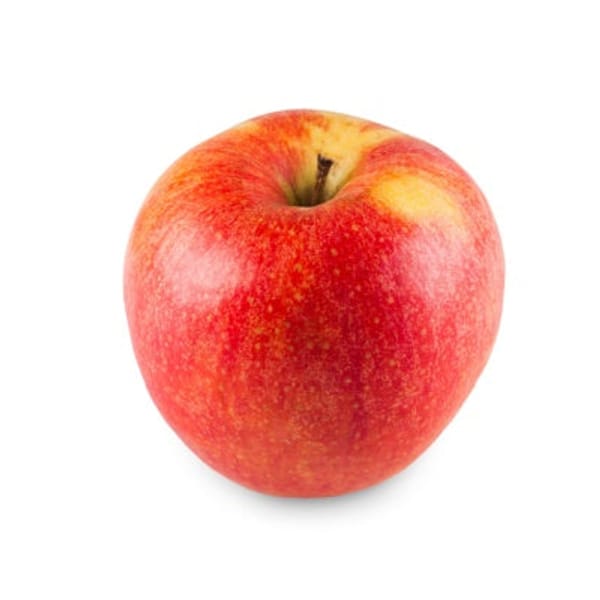Gala Apple Variety Information:
- On Sale! 15% off Pre-ordered Bare Root Fruit Trees (ends 12/31/25)
- Crisp with rich blend of sweet and tart; wonderful dessert apple
- Low chill hours, good choice for milder climates.
- Self-fruitful and best pollinizer for other varieties
- Gala apples are generally late blooming.
- Needs full sun, well-drained soil, and moderate fertility.
- Thin fruit to maximize quality and size.
- Generally cross-fertile. Three or more varieties are best.
- Harvest 3rd year.
- Grafted onto M-106 semi-dwarf rootstock.
- USDA Zone 4-10, Requires 500 chill hours to set fruit.
- Protect when temperatures fall below -30°F.
- Click here to view "Fruit Tree Rootstock Information"
- Click here to view our "Fruit Tree Variety Chart"
-
This fruit tree is shipped dormant and bare-rooted.
-
Please see our "Dormant Tree & Plant Guarantee" below
- This is a pre-ordered item. It will be ready to ship starting January 2026.
What is a Bare Root Fruit Tree?
A bare root fruit tree is a 2-3 year old fruit tree which has been dormant for the winter. It is delivered to you without soil. The best time to plant bare root fruit trees is the end of the winter season. This gives your tree time to acclimate to it's environment before the warmth of spring comes.
Click here for our Bare Root Fruit Tree Growing Guide (pdf)
Guia de cultivo para un arbol de raiz desnuda
Optimize Shipping: Optimize your shipping by ordering multiple bare-root fruit trees. Shipping is calculated by box size. We can fit up to 8 bare-root fruit trees in a box. Multi-budded fruit trees and Jujube trees will count as 2 due to branching.







